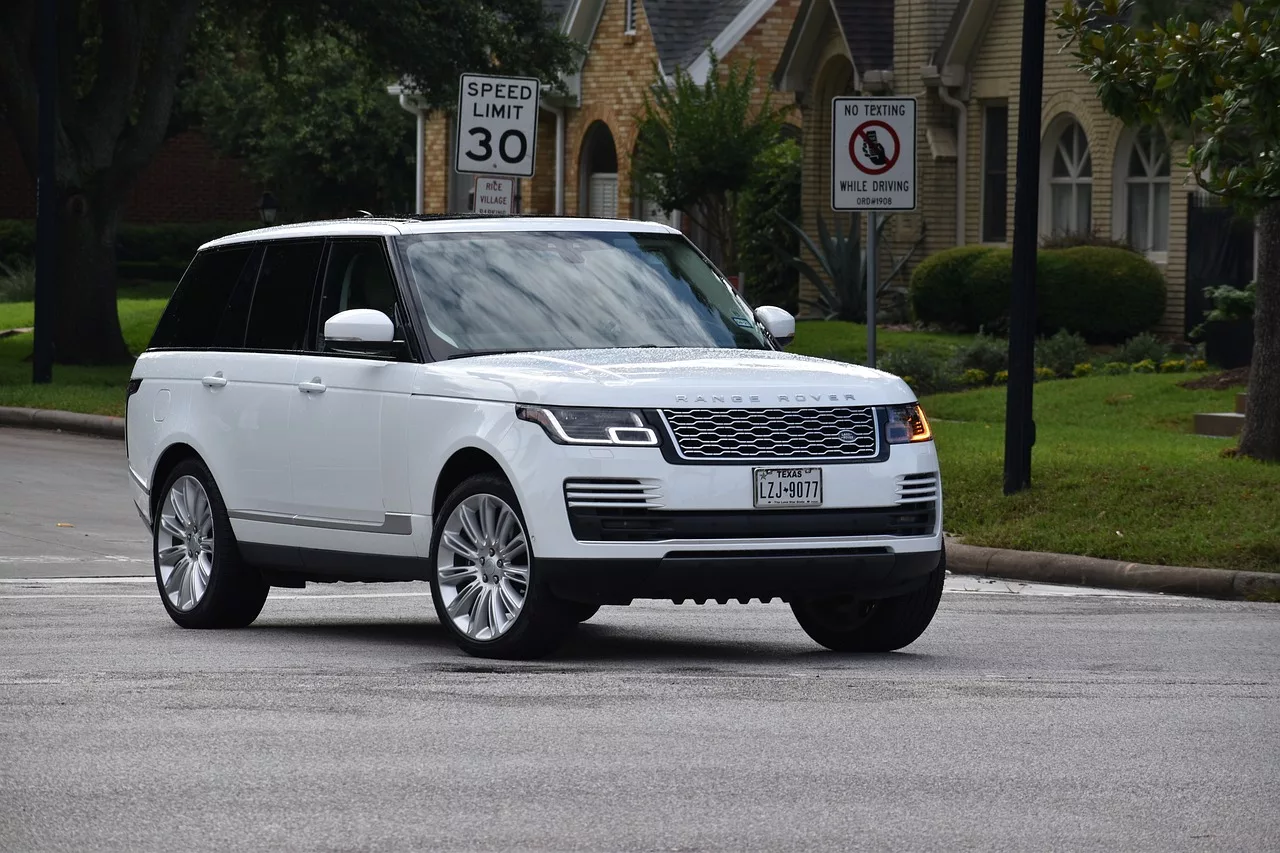
For some drivers, drivetrain systems are an afterthought. They might only matter to some in situations of inclement weather or rough roads. For others, the drivetrain can be a major factor in deciding which car to purchase.
While the difference between front-wheel drive and rear-wheel drive sounds pretty straightforward, it can be more difficult for drivers to distinguish between all-wheel drive and four-wheel drive. Here’s what to know about how these systems compare.
What Makes Both Systems Similar?
The two systems are different, but they have a lot of commonalities between them. First, both systems give dramatically improved performance and better grip compared to either of the two-wheel drive systems (front and rear). If one set of wheels is having trouble gaining traction, the other set can often dig in a little more and regain control to avoid slipping and sliding. This improved performance comes at a cost, however, as the engine has to turn all four wheels instead of letting one or the other set just roll.
Where All-Wheel Drive and Four-Wheel Drive Differ
These drive systems still have some significant differences between them. To better understand the practical differences, it’s essential to first understand how the systems function.
All-Wheel Drive Systems
These systems use a series of three different gearboxes and differentials to let the engine provide different amounts of power to each wheel on an independent basis. The vehicle’s computer system can take dynamic feedback regarding how much each wheel is struggling to grip onto the road and adjust power accordingly. The two horizontal gearboxes allow for different speeds on the left and right sides, while the central gearbox lets the system react by changing the power distributed between the front and rear wheels.
Four-Wheel Drive Systems
Unlike all-wheel drive systems, four-wheel drive systems turn all four wheels simultaneously. This gives the vehicle more hauling capacity and power while still allowing for a bit of fuel efficiency. Further, four-wheel drive systems typically have a toggle that enables the driver to switch them to a two-wheel drive system. This adjustment can save even more fuel efficiency in those times when it’s not necessary to have as much raw power. Generally, the four-wheel drive function is most useful when hauling large cargo loads or traveling on slippery roads.
The Practical Differences Between the Systems
As a rule of thumb, drive systems balance fuel efficiency against control. The more control that a system has, the less efficient it typically is. This exchange happens because it takes more energy to turn four wheels instead of two, but it also allows the vehicle to overcome more obstacles in this fashion. For most practical purposes, the primary places where drivers notice the difference between all-wheel drive and four-wheel drive are in rough conditions and at the gas station.
Four-wheel drive can save some money in fuel costs and may be better suited for those who are regularly driving on well-maintained roads. The smooth driving conditions don’t push the drive system too far, but the added control compared to a two-wheel drive system makes this drivetrain preferable in snowy, icy, and wet conditions. Four-wheel drive systems can significantly improve safety scores and make drivers feel safer.
Those who tend to travel off-road may need a bit more traction control, which is where all-wheel drive systems shine. Rough-and-tumble driving conditions put a strain on smaller vehicles and those that have static drive systems. All-wheel drive addresses the issues that come with uneven driving conditions and lets drivers make the most of their vehicle’s performance, regardless of how well-maintained a road is.
Which Is Better?
Ultimately, both systems have their advantages. The determining factor between which system is better comes down to how the vehicle will be used. Those living in milder climates without much inclement weather may not benefit much from all-wheel drive systems and may prefer four-wheel drive. On the other hand, those in icier conditions or who face the risk of flash floods on a semi-regular basis should strongly consider traction-maximizing all-wheel drive.